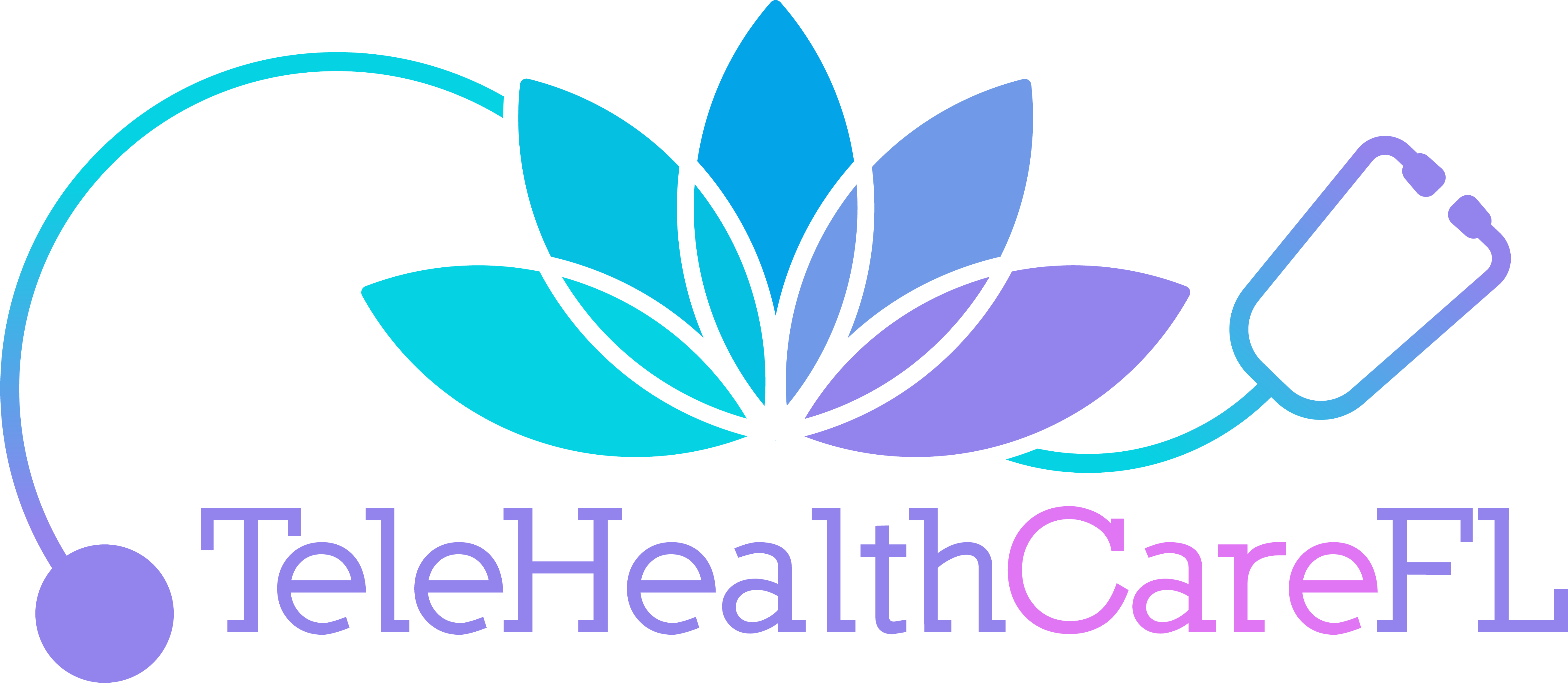How Telehealth Has a Positive Impact on Mental Health

Last Update
One of the most exciting ways that the field of health and medicine has changed recently is the advent of remote services, conducted through telephone or video call technology. This is known as telehealth, and it has enabled medicine to become more widely accessible, especially to those who are most disadvantaged and underserved in society. The wider reach and accessibility of telehealth medicine correlate with a positive impact on mental health, due to the numerous benefits and advantages that it creates.
What is Telehealth?
One thing that most people became quickly aware of during the advent of the Covid-19 pandemic was the ubiquitous video calls, Zoom meetings, and remote work. While there are drawbacks to experiencing less social and personal interaction, there are also many benefits that can be achieved using this technology. One of these is the ability to provide services more easily, affordably, and conveniently to those who have difficulty traveling, compromised immune systems, or are experiencing poor mental health and the negative effects that can have on an individual’s life.
Before moving on to discuss the positive impact that telehealth has on mental health, it’s important to understand the distinction between telehealth and telemedicine. Telemedicine refers to the specific doctor/patient visits, while telehealth encompasses all of the various supportive roles that must be played to keep telemedicine running smoothly, from administrative work, to medical records, to accounting roles. While this distinction is important from a technical aspect, the terms are largely used interchangeably by the public and can be understood as two facets of the same process.
The Many Benefits of Telehealth
It’s easy to see how a more widespread and accessible form of treatment for mental health can have a positive impact on the overall mental health of society. After all, if treatment for mental illnesses is hard to access, too expensive for the average person, or simply inaccessible due to physical or mental limitations, we all suffer. Society itself benefits from easier access to mental health services for those who are most vulnerable to them.
Let’s go over some of the specific ways that telehealth protects and serves society as a whole when it comes to mental health treatment:
Telehealth is more affordable
An unfortunate truth is that mental illness more seriously affects those who lack the resources to deal with it adequately. Without treatment, those dealing with mental illness rarely, if ever, see their conditions improve and go into remission. Significantly, poverty itself has a majorly deleterious effect on mental health, from constantly worrying about bills, to food insecurity, to a lack of proper shelter and housing availability.
Telehealth can mitigate this in several ways due to being cheaper and saving money. This means that those living in poverty who might not have health insurance can afford to seek treatment without breaking the bank or being forced to choose between treating their mental illnesses, or paying rent and buying food.
Telehealth is easily accessible
Telehealth has been around for a long time, but before the Covid-19 pandemic, it wasn’t very common or widespread. However, the pandemic has caused a surge in mental health crises, such as rising addiction and suicide rates. This creates a two-fold problem: shutting down society causes mental health issues to spike, while simultaneously creating a lack of easy access to those who are most qualified to treat them.
Telehealth can play a major role in fixing these issues. Medical professionals recognize that the major disruptions and changes in society due to the pandemic have caused “deaths of despair”, i.e. suicides, overdoses, and broken lives caused by fear, unemployment, and isolation. Some estimates place the number of these preventable deaths at 75,000, although the true number could be far higher.
Telehealth is the number one way to deal with this issue. While society must take precautions to slow the spread of diseases, there has to be a way for the most vulnerable among us to receive the treatment they need. The best way to provide these services to them while still maintaining safety and proper infection control is to conduct remote visits over video, which is precisely why telehealth and telemedicine saw such a surge in demand during the pandemic.
Access is Key
Medical professionals have long recognized that one of the major difficulties of mental health treatment is that those who need it the most often don’t have access to it. From substance abuse disorder to cognitive behavioral therapy, the most underserved in our society often suffer the most and, unfortunately, their suffering has an impact on everyone else around them as well.
Telehealth can play a major role in mitigating these issues, and will be explored and utilized even further as technology progresses to continue helping improve our society one person, and one telehealth visit, at a time.



